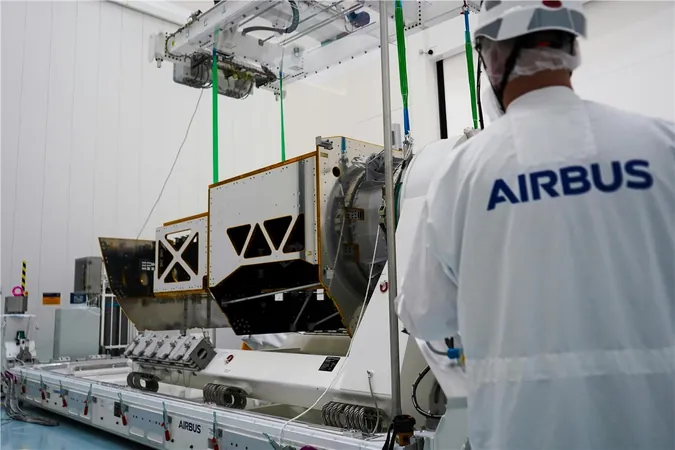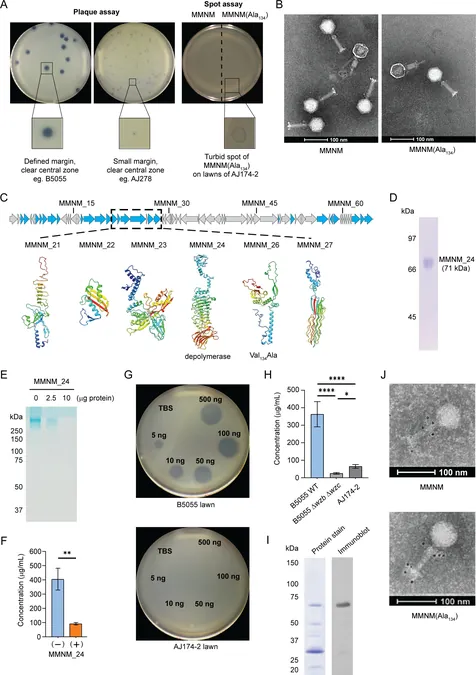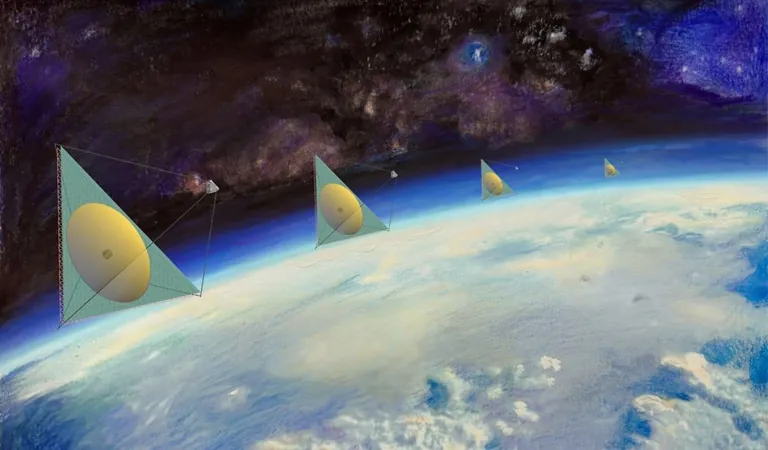
Airbus Kicks Off Production of Groundbreaking Satellite for Polar Ice Monitoring
2024-10-24
Author: Li
Introduction
In a significant leap forward for climate science, Airbus has officially commenced the manufacturing and assembly of the CRISTAL satellite, a critical component of the Polar Ice and Snow monitoring mission. This follows a successful Critical Design Review in July, marking a crucial milestone that affirmed the spacecraft’s design integrity and technical capabilities.
Mission Objectives
Sponsored by the European Commission and overseen by the European Space Agency, the CRISTAL mission aims to enhance our understanding of climate change by deploying an advanced multi-frequency altimeter known as IRIS. This state-of-the-art instrument will allow for unprecedented measurement of sea ice thickness and ice sheet elevations, serving as essential indicators of climate change. Notably, IRIS will also provide the first-ever data on snow coverage across ice sheets, significantly improving the quality of data compared to its predecessor, CryoSat-2. This information will not only aid maritime operations in polar waters but will also deepen our understanding of complex climate processes.
Capabilities and Continuity
Beyond polar monitoring, the satellite’s capabilities extend to various applications, including coastal and inland water observation, as well as ocean topography assessment. CRISTAL aims to ensure the continuity of radar altimetry records documenting ice elevation and topographic changes, continuing the legacy of the ESA’s Earth Explorer CryoSat, which has operated seamlessly for over 14 years, far exceeding its intended design lifespan. Monitoring the cryosphere is vital for assessing, predicting, and adapting to the effects of climate variability and change.
Construction Progress
In early September, the satellite's flight structure was transported from APCO Technologies in Aigle, Switzerland, to Airbus's facilities in Friedrichshafen, Germany. With production ramping up, the installation of multi-layer insulation is now underway, paving the way for the integration of the satellite’s harness and essential platform components, including the power control and distribution unit, as well as the on-board computer.
Project Manager's Statement
Raphaël Caille, the CRISTAL Project Manager at Airbus, expressed enthusiasm for the project's progression: “Having completed the design phase, we are now seeing the first elements of the satellite take shape in our clean room. The platform's integration and testing will take several months, and we expect to welcome the first payload, a microwave radiometer, in spring next year, followed by the IRIS altimeter.”
Specifications and Design
The CRISTAL satellite will weigh 1.7 tons and is designed based on a proven Airbus satellite architecture, drawing on successful developments from Sentinel-6 and CryoSat missions. Equipped with six fixed and two deployable solar arrays covering a total of 18 square meters, CRISTAL will operate in a drifting polar orbit at an altitude of 699 km. Its powerful on-board memory will be capable of storing up to 4 terabits of scientific data at once, providing an extensive resource for researchers throughout its projected 7.5-year mission.
Industrial Collaboration
Leading an industrial consortium with partners from 19 countries, Airbus Defence and Space in Friedrichshafen is at the forefront of this project, collaborating with Thales Alenia Space to deliver the IRIS Interferometric Radar Altimeter. Both the satellite platform and the instruments undergo integration and testing at Airbus's state-of-the-art, highly digitalized integration center in Friedrichshafen.
Launch Timeline
The launch of CRISTAL is currently scheduled for 2027 from the European spaceport in Kourou, representing a monumental step in the quest to monitor and understand our planet's changing climate.
Conclusion
Stay tuned for further updates on this exciting mission that promises to revolutionize our understanding of Earth’s polar regions!




 Brasil (PT)
Brasil (PT)
 Canada (EN)
Canada (EN)
 Chile (ES)
Chile (ES)
 España (ES)
España (ES)
 France (FR)
France (FR)
 Hong Kong (EN)
Hong Kong (EN)
 Italia (IT)
Italia (IT)
 日本 (JA)
日本 (JA)
 Magyarország (HU)
Magyarország (HU)
 Norge (NO)
Norge (NO)
 Polska (PL)
Polska (PL)
 Schweiz (DE)
Schweiz (DE)
 Singapore (EN)
Singapore (EN)
 Sverige (SV)
Sverige (SV)
 Suomi (FI)
Suomi (FI)
 Türkiye (TR)
Türkiye (TR)